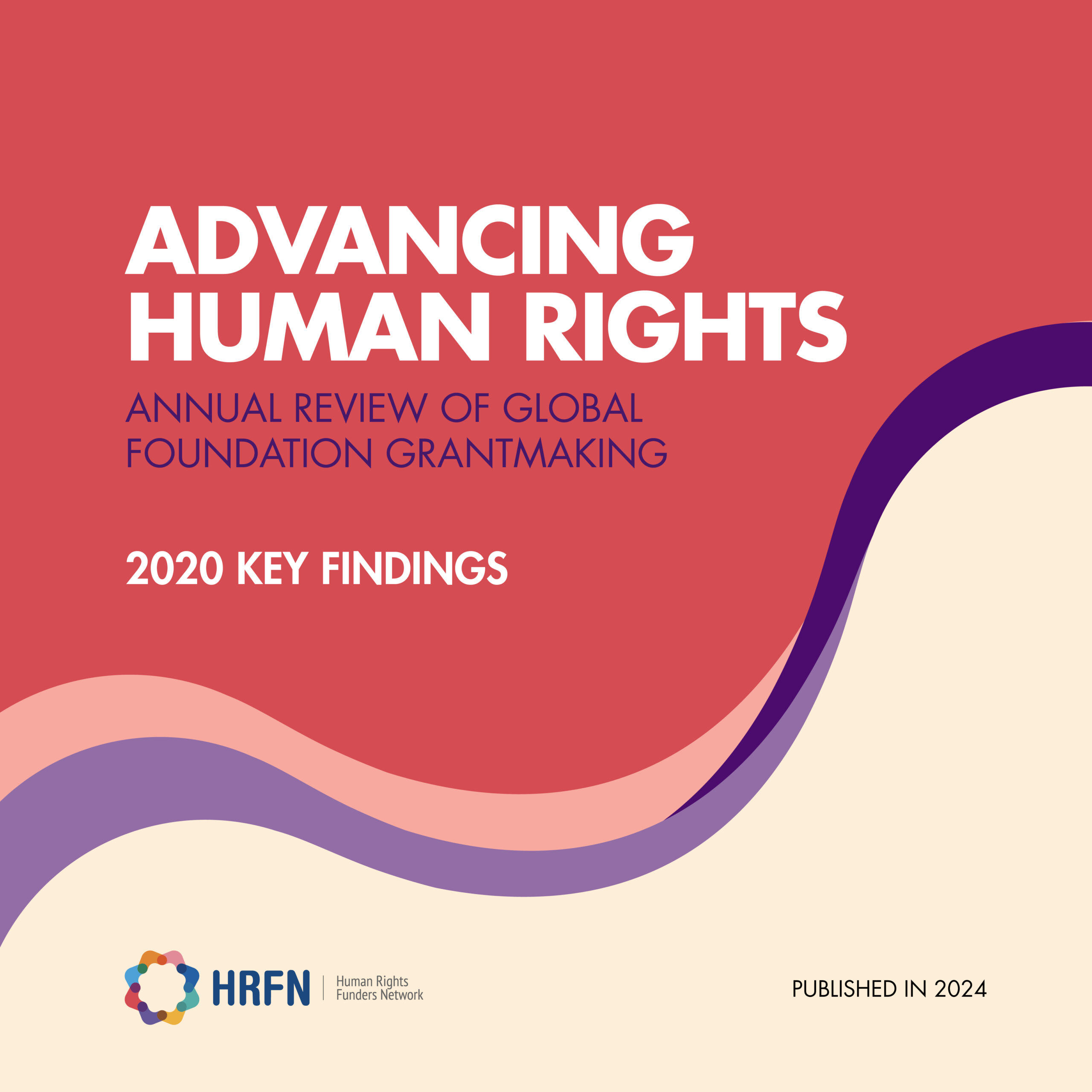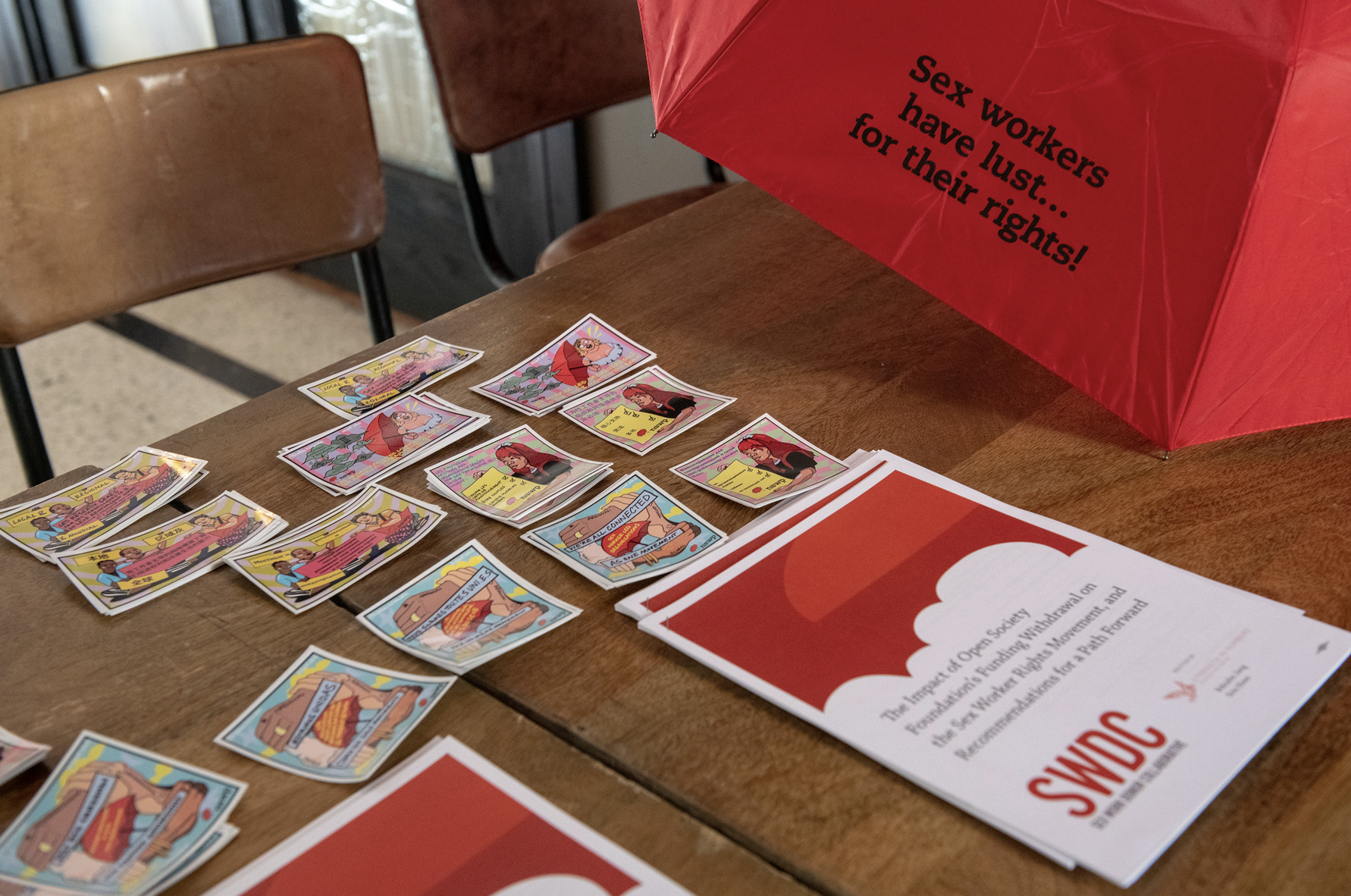Data at the Intersections: Advancing environmental and climate justice using a human rights lens

Meerim Ilyas, UAF

Amber Moulton, UUSC

Salote Soqo, UUSC
This piece was written by Meerim Ilyas, Senior Program Officer, Urgent Action Fund for Women’s Human Rights; Amber Moulton, Researcher, Unitarian Universalist Service Committee; and Salote Soqo, Senior Program Leader for Environmental Justice and Climate Action, Unitarian Universalist Service Committee.
In February, in San Francisco, a group of funders gathered for a day-long discussion of funding trends in human rights. The discussion offered opportunities for a deeper dive into funding shifts, what they mean and what we, as funders, can do to advocate for funding growth where it’s needed. Those of us who use a human rights framework to fund environmental and climate justice pondered over the data presented: What does it mean to fund an issue that is highly intersectional, not always defined as human rights-related, and heavily dependent on larger foundations?
A key challenge in the field of environmental and climate justice is to what extent funders apply a human rights lens in their grantmaking or consider themselves human rights funders. The research methodology captures human rights grantmaking even when funders do not explicitly codify their grants that way, which is crucial to providing an accurate picture of real investments. Yet, more could be accomplished if funders could break out of their silos and work deliberately across issues: applying a human rights lens to funding environmental and climate justice promotes systemic change that advances both goals.
Size Matters: Large vs. Small Funders and Their Strategies
Seven percent of all human rights funding from foundations is allocated towards Environmental Justice and Resource Rights (EJ&RR). Though EJ&RR funding increased by 145 percent between 2011 and 2015, it peaked in 2014 and began a downward trend. This drop is due to a handful of major foundations exiting or reducing their work in this area, which illustrates just how delicate the funding landscape is and how important it is that funders remain vigilant and collaborative to ensure a sustained increase in investments. This gap is not made up elsewhere: 8% of the bilateral and multilateral funding that met the definition of human rights grantmaking went towards EJ&RR, but it is unclear how much of this funding meets the needs of vulnerable populations or supports climate justice.
Given that only a small percentage of philanthropic dollars go towards EJ&RR, larger funders have a substantial influence in overall funding trends. Historically, they have tended to fund more established organizations and not smaller, less formal groups, but this is changing. Larger funders have begun working with intermediary funders who can make smaller grants, while some smaller funders have banded together to create funder collaboratives like the Grassroots Climate Solutions Fund. These approaches are reaping results: between 2011 and 2015, the number of EJ&RR grants under $10,000 increased by 59%.
Another trend we’re seeing is that funding for grassroots organizing to promote EJ&RR has risen in recent years, but is still substantially less than other strategies funders are supporting like advocacy and capacity building. In 2015, funding for grassroots organizing amounted to just over $6 million, while funding for advocacy was over $68 million. Granted, grassroots organizing tends to be less expensive, in part because coordinating and relationship building are rarely realistically compensated in budgets. Yet, we believe bigger investments in local movements will lead to greater long-term impacts for EJ&RR. Funders must look beyond short-term victories and keep in mind successful local organizing may take years if not decades.
More Flexible Funding to Grassroots Groups
The downward funding trend for EJ&RR is disproportionate to the growing impacts environmental injustices and climate change are having – especially on vulnerable communities. Indigenous Peoples and human rights defenders (HRDs) are particularly affected; their sovereignty, identities, and livelihoods are at risk of being desecrated and lost. These communities are further marginalized by closing civic spaces and the spread of repressive regimes that support the commodification of land and other natural resources. To mount effective responses and mitigate further harms, funders must support these groups to develop and lead interventions.
Yet, the trends research shows that foundation funding for Indigenous Peoples decreased sharply from $40 million to $15 million within a span of two years, which is consistent with a general decrease in funding for Indigenous Peoples worldwide. Lourdes Inga, Executive Director at the International Funders for Indigenous Peoples, explains, “This sharp funding decrease corroborates what Indigenous Peoples are voicing on the lack of funding to support their organizations and communities, even though they are increasingly at the forefront of protecting their territories, water, biodiversity, and environment.” Lourdes stresses that funders must stay abreast of the trends: “Understanding of how shifts in priorities or funding flow impacts partners on the ground is critical.”
Funding Indigenous Peoples, especially women, to develop and lead their own strategies recognizes their agency and respects their right to self-determination. It also shifts traditional climate change discussions toward corrective justice by raising up the voices and priorities of those who are most affected and placing responsibility on carbon emitters and corporate perpetrators. Many funders are already doing this, from supporting indigenous women-led divestment strategies in the United States, to supporting advocacy led by Indigenous Peoples on issues like access to land rights, recognition of cultural rights, and food sovereignty. Funders should listen to and support the strategies Indigenous Peoples are prioritizing, like mapping sacred sites and documenting local ecological knowledge and resource management approaches.
More sustained investment is also needed to protect human rights defenders. This is important across the board, but particularly for those working in environmental and climate justice, due to the increasing trend in state-sanctioned land grabs, resource rights exploitation, and the repression of activists. Funding for human rights defenders increased by 133% between 2011 and 2015 – more than any other population tracked. However, the scope of the funding is still small: in 2015, only 448 grants explicitly mentioned human rights defenders. At the community level, people don’t necessarily define themselves this way – and this is particularly true for Indigenous Peoples. Yet, most human rights defenders in the environmental and climate justice space are Indigenous Peoples, which speaks to the intersectional identities communities hold and the intersectionality of the issues human rights defenders work on.
Recommendations for Funders
Funders must recognize the intersectionality of environmental and climate justice with other human rights issues. This not only reflects the reality of what communities experience on the ground, but can lead to synergies that advance complementary goals.
Funders should incorporate a human rights/justice lens in their grantmaking. This includes investing in communities and ensuring that strategies are community-led. There should be careful investigation of what communities need, as too often funders come in with pre-set frameworks for what they are willing to fund. Funders should also fund long-term, provide flexible funding, and integrate security and wellness in their grants in recognition that this work takes time to achieve, requires agility, and can be dangerous and draining – especially for communities on the front lines. Funders should do more to support Indigenous Peoples and human rights defenders, particularly through funding indigenous women-led initiatives.
The growing impacts of climate change on a number of human rights issues is bringing more attention to the role of human rights funders and donors globally. We must take risks and increase our investments strategically in ways that enhance the power of communities, not undermine them. Funders have a moral responsibility to work with their peers to keep each other accountable, share knowledge, and learn – including about their grantmaking. Most importantly, they must listen to communities and let those communities inform their strategies.



